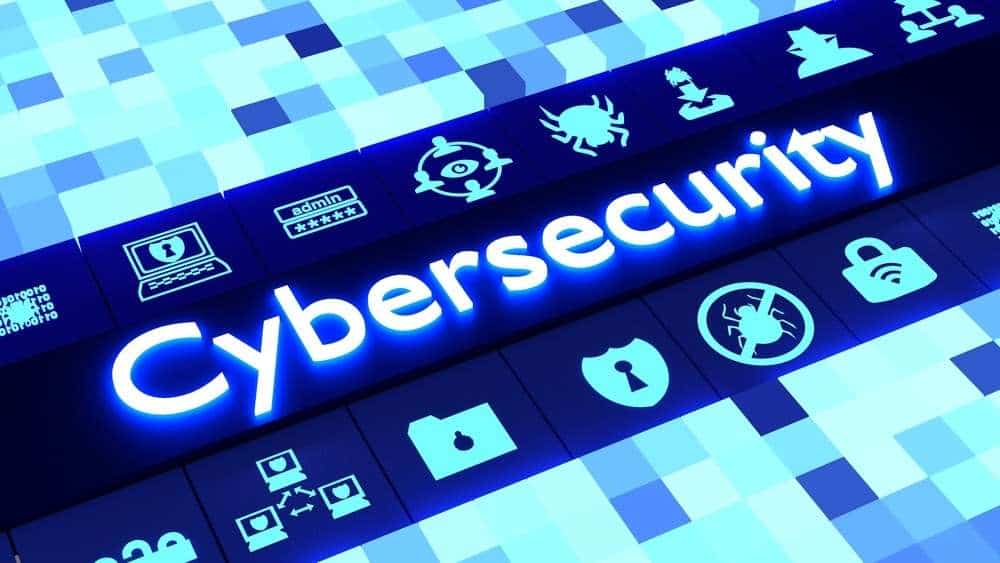According to IBM, the average cost of a data breach has risen to $6.75 million in Canada in 2021 – the highest it’s ever been. That makes it vital to stay abreast of the latest cyber security trends.
Understanding emerging IT security trends can help organizations mitigate cyber attacks and reduce (or nullify) impact on business. Failure to educate yourself regarding the real-time cyber security trends and putting in place risk management strategies can result in your business suffering:
- Financial losses
- Productivity losses
- Legal liability
- Business continuity issues
- Short to long-term reputation damages
Read zur article to learn about the latest cyber security trends that businesses must be aligned with in 2021.
Top Cyber Security Trends in 2021 You Need to Know About
1. Increased Exposure from Technological Innovations
Over the past two decades, cybercriminals have thrived from the rapid technological advancements and the increased output of new, emerging technologies and devices.
With increased access to emerging technologies, increased risks of cyber threat activity follow.
One technology that’s a particularly favourable target of cyberattacks is Internet of Things (IoT) because of its enormous attack surface. Consider the following for the moment:
By 2027, it’s predicted there will be more than 41 billion IoT devices online and connected.
Common IoT devices targeted by cybercriminals include:
- Wearable fitness devices
- Smart plugs
- Baby monitors
- Home security systems
2. New Ransomware Challenges
Over the past decade, ransomware attacks have risen significantly across Canada, posing one of the biggest security threats for all types of businesses.
Before cryptocurrencies, attackers did not have an easily accessible way to solicit money without leaving a trace. However, with cryptocurrencies like Bitcoin, cybercriminals have the means to get away with the proceeds of the crime (since tracing cryptocurrencies is so much harder).
Additional services are now available that weren’t before, making it easier for cyber attackers to get what they want. One such service would be Tor, the anonymous communication software, which makes it easier for cyber threats to be anonymized and catalyzed.
3. Remote Work Influx Following COVID-19 Pandemic
Working from home has become a new reality for millions following the effects of COVID-19.
In the realm of cyber security, however, a drastic onslaught occurred. For many organizations, the implications of the pandemic included:
- Unplanned cloud migrations
- Security implementations being overlooked
- Rushed IT product and service procurement
- Business continuity disruption
- Increase number of cyber-attacks faced
- Insufficient incident response procedures
That meant taking a leap with an unprepared remote workforce while also solving technological, network, and cyber security challenges.
One network security trend that administrators need to prioritize would be minimizing phishing emails with threat actors, with 92% of malware being delivered via email.
4. Obsolete Systems Lacking Robust Security
Businesses that use older technology and legacy systems face increased cyber security risks because their systems aren’t prepared to handle new cyber security threats.
For example, IT staff can deploy a patchwork solution to resolve and restore operational issues but inadvertently create new security vulnerabilities. While the original intent was to solve operational issues, an even greater underlying risk may have been created.
To secure data and safeguard your corporate network, consider employing experienced cyber security professionals to meet your organization’s demands.
| More cyber security reading: |
5. Rising Attacks on Cloud Services
It’s estimated that about 50% of all Canadian businesses use cloud services in one way or another. Of course, COVID-19 has been a big driver in the adoption of cloud for many businesses for the first time.
Many organizations rely on cloud computing because it:
- Eliminates the need for physical infrastructure
- Helps to streamline business processes both online and offline
- Offers organizational scalability and efficiency at lower costs than existing IT infrastructures
As cyber threats continue to grow, so do the dangers surrounding cloud computing services. For instance, one of the leading causes of data breaches in 2020 was misconfigured cloud settings.
6. Increased Deployment of Multi-Factor Authentication
Many organizations use a password and multi-factor authentication sign-in to provide an extra layer of security against cyber threats and data breaches.
By using multi-factor authentication (MFA), organizations can better protect and monitor who accesses their network and cloud services because it requires two or more devices to verify their identity.
Here’s how MFA works:
- An employee enters their login credentials on the platform
- A command prompt code is generated or sent to a secondary device
- That employee enters the code on the secondary device to finish the login process
Companies that use SMS and voice multi-factor authentication should transition to app-based authenticators as SMS and voice MFA are not encrypted and more vulnerable to attacks.
7. Prioritizing Data Privacy (Beware the Starwood Data Breach)
Organizations worldwide are required to comply with state, federal, and international data privacy and compliance laws like PIPEDA, HIPAA, and GDPR to name a few.
In addition to protecting company information and supply chain infrastructure, data privacy laws also seek to protect consumer information. As more data breaches and cyber security threats continue to occur, consumers are increasingly concerned with how, why, and to what extent their sensitive data is being used.
The Starwood data breach of 2018 is one of the most damaging data breaches that affected 500 million people and cost Marriot Hotels $12.5 billion.
8. AI and Machine Learning Advancements
Artificial intelligence and machine learning capabilities have grown exponentially over the past few years with many businesses employing both as part of their network security services.
For small or mid-sized businesses, AI and machine learning implementation can help companies with a limited IT and security staff. On the other end of the spectrum, enterprises can benefit from analyzing large amounts of data in less time.
While AI and machine learning advancements are being used to enhance threat detection, criminal networks are also taking advantage of AI to automate damaging attacks.
Beyond Cyber Security Trends – Top 5 Cyber Security Threats
Cyber threats are growing more sophisticated and intense as organizations continue to rely on remote work and dependence on digital devices. As of 2021, here are the most pressing cyber security threats you need to prepare for:
- Social engineering attacks, like phishing emails, quid pro quo, and scareware, manipulate human psychology to achieve specific goals
- Ransomware is the third most popular type of malware used in data breaches
- DDoS attacks that prevent networks from communicating as they normally would
- Vulnerable third-party software hosts 99.9% of discovered mobile malware
- Cloud computing vulnerabilities as more businesses shift to a cloud-based infrastructure
Is Your Business Prepared for These IT Security Trends
Keeping tabs on the latest IT security trends can help safeguard your business from cyber threats, exorbitant compliance fines, and becoming a data breach statistic.
Over the upcoming years, the two network security trend factors to pay special attention to would be AI cyber security integration along with how cloud services combat its continually rising attack volume. To help protect your business from damaging cyberattacks, consider using professional cyber security services such as our end-to-end cyber security services.
With 24/7 monitoring and certified information systems security professionals, our cyber security services fortify existing IT infrastructures and protect you against the threats of tomorrow.
Discuss your needs with a cyber security professional today.



